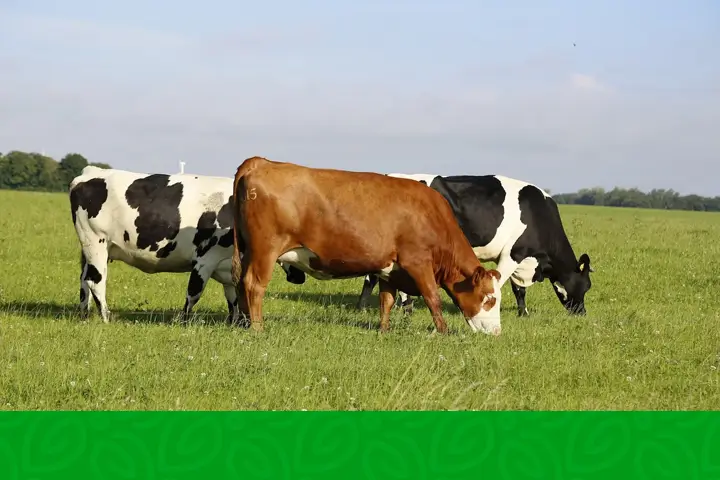
Rwanda’s Eastern Province Transforms Pastureland Strategy to Revolutionize Milk Production
In a groundbreaking move to reshape the dairy landscape, the Ministry of Agriculture and Animal Resources has unveiled a transformative plan for Rwanda’s Eastern Province. This strategic shift in agriculture is set to boost milk production while promoting sustainability through the adoption of the zero-grazing system. Get ready to explore how this bold initiative is set to redefine the future of dairy farming.
Zero-Grazing: A New Dawn for Dairy
Under the innovative zero-grazing system, traditional grazing takes a back seat. Instead, cattle are housed in stalls, where their daily needs for feed and water are meticulously attended to. This radical change in approach aims to address multiple challenges while propelling Rwanda towards its ambitious milk production goals.
Eastern Province Takes the Lead
The four districts of Nyagatare, Gatsibo, Kayonza, and Kirehe in Eastern Province are at the forefront of this agricultural revolution. Here, 70 percent of pastureland is earmarked for the cultivation of high-quality crops that serve as essential cow fodder. Maize, beans, and soybean, nurtured with top-tier seeds and fertilizers under a meticulous crop rotation scheme, are set to thrive on these fertile lands. Simultaneously, other forage crops tailored for cattle will be cultivated in the same area.
Promoting Sustainability through Cow Sheds
Thirty percent of the pastureland in these districts will be dedicated to the construction of cow sheds. These well-designed facilities will not only provide a comfortable dwelling for the cattle but will also facilitate the efficient production of nutrient-rich manure. This dual-purpose approach helps to maintain soil fertility and ensures the well-being of the livestock.
The War on Livestock Diseases
Zero-grazing is not just about boosting milk production; it’s also a powerful weapon in the battle against livestock diseases. By confining cattle to clean and controlled environments, the risk of disease transmission is significantly reduced. This proactive approach is a win-win for both farmers and their bovine companions.
Guidelines for Success
To make this transformation a reality, guidelines have been laid out. Farmers are encouraged to divide their pasture into two zones using fences: one for zero-grazing and cow sheds and the other for cultivating cattle fodder. Fodder storage facilities are a must, ensuring a constant food supply even during dry spells.
Moreover, the government is keen on improving the quality of the dairy herd. It is recommended that at least five improved dairy breed or crossbreed cows are housed in cow sheds per hectare. To safeguard the health of these valuable assets, mandatory vaccination and insurance coverage are now in place.
Infrastructure and Investments
While the vision is grand, the government acknowledges the financial challenges some farmers might face. To ease this transition, a one-year grace period has been granted, allowing farmers to adapt at their own pace. Additionally, leasing pastureland is a viable option for those who find the initial investment cost prohibitive.
Powering the Dairy Revolution
As Rwanda marches towards its goal of producing 1,250,000 tonnes of milk annually by 2024, the need for essential infrastructure becomes paramount. Access to electricity and water supply in pastures is crucial for compliance with the new guidelines. Modern milking machines, cooling systems, and fodder processing equipment all require reliable power sources. Farmers are looking forward to seeing these critical elements incorporated into the transformation plan.
A Dairy Dream Worth Pursuing
Rwanda’s journey towards a thriving dairy sector is filled with promise and potential. With the zero-grazing system as its driving force, the nation is poised to not only meet its growing demand for milk but also establish a strong foothold in the international market. As of 2022, Rwanda was producing 932,951 tonnes of milk annually, and the path to achieving its ambitious targets lies ahead.
In the heart of Eastern Province, a new dawn for dairy farming is breaking, and the possibilities are endless. Stay tuned as we follow Rwanda’s progress on this transformative journey towards dairy excellence.
Stay updated with the latest farming tips and agriculture industry news from Africa by subscribing to our newsletter. Don’t miss out on valuable insights and updates. Follow us on Twitter, LinkedIn, and Facebook to join our farming community and stay connected with us.



















